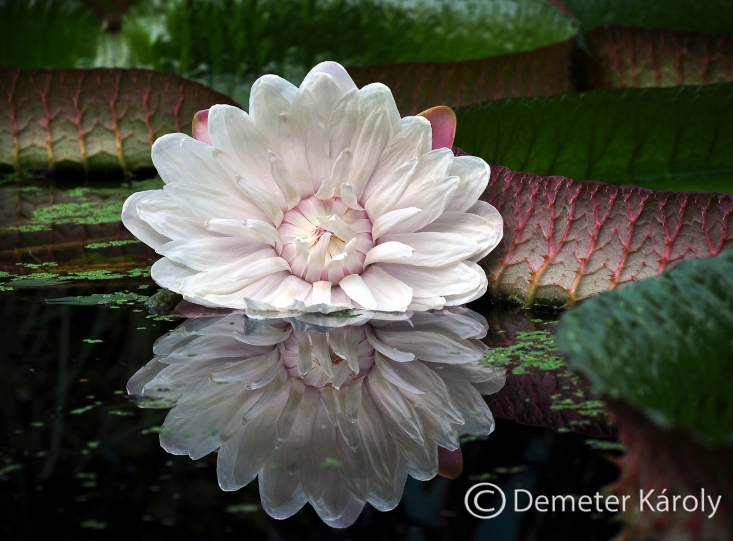The Botanic Garden is of considerable botanical, dendrological, scientific and educational value, and its protection is also justified from a historic-archaeological point of view. The Budapest Botanical Garden was declared a protected area in 1960.
Main characteristics of the protected natural assets
The plants of the botanical garden of the University of Nagyszombat, founded by Péter Pázmány in 1771, were temporarily housed in the garden of Jakab Winterl (the first professor of chemistry and botany, and the founder of the botanical garden) in 1777, when the university moved to Buda. As a result of the work of the garden's second director - the renowned polyhistor Pál Kitaibel, the garden, which had been depleted during the removals, was enriched with a number of native species.
After several displacements (today's Ferenciek tere, Museum Boulevard), the Füvészkert took up its present location in 1847 in the 10 hectare English garden bought from the Festetics. Its area was gradually built up with clinic buildings from the end of the 19th century onwards, as a result of the increasing demand for space by the Medical Faculty, and was reduced to its present size of 3.1 hectares. An insight into the pre-installation period is provided by Ferenc Molnár's famous novel The Boys of Pál Street, an important chapter of which was set in the 'herb garden'. Today it displays some 8,000 plant species and varieties.
Since 1960, the Garden has been a protected natural area of national importance, and in 2006 it was granted cultural heritage protection and the Hungarian Heritage Award.
Today, the garden's plant material can be divided into six groups:
Systematic presentation - the families of plants are grouped according to the most up-to-date evolutionary system.
Glasshouses - about 3-4000 species of tropical and subtropical plants (e.g. cacti, orchids, bromeliads, ferns, continental flowers) are described.
Arboretum - the oldest and most valuable part of the gardens, which currently preserves around 3000 species of trees and shrubs.
The botanical geography of the Alpine Garden, the Carpathians and the Caucasus, as well as the flora and typical species of the Great Plain, the Transdanubian, the North Central Highlands and the Mecsek are presented in botanical geography groups :
● Group of agricultural plants - showing the most important food, horticultural, industrial and medicinal plants.
● Ex-situ collection - a propagation and display garden of legally protected and red-book plant species in Hungary, with nearly 300 plant species.
The Botanic Garden also shelters several historic buildings. One of them is the Baroque castle building, which was rebuilt in the 18th century and then converted to its present form at the beginning of the 19th century and houses the management of the Botanic Garden. The other is the Palm House, built in 1865, partly to the design of József Diescher, which is one of the oldest greenhouses in Hungary.
It offers children and adults a variety of activities throughout the year, such as Assumption Day, Sakura, Museum Night, Researchers' Night, Fig Day, Ginkgo Day, Tropics in Winter.
Decree 41/2007 (X. 18.) of the Ministry of Agriculture, Forestry, Environment and Water Management on maintaining the protection of the Budapest Botanical Garden as a nature conservation area (original decision number: OTT Decision No. 486/1960 of the National Nature Conservation Council).
Nature Conservation Manager: Eötvös Loránd University
Extent of the protected area: 3,1 hectares
Affected municipality: Budapest, district VIII.
